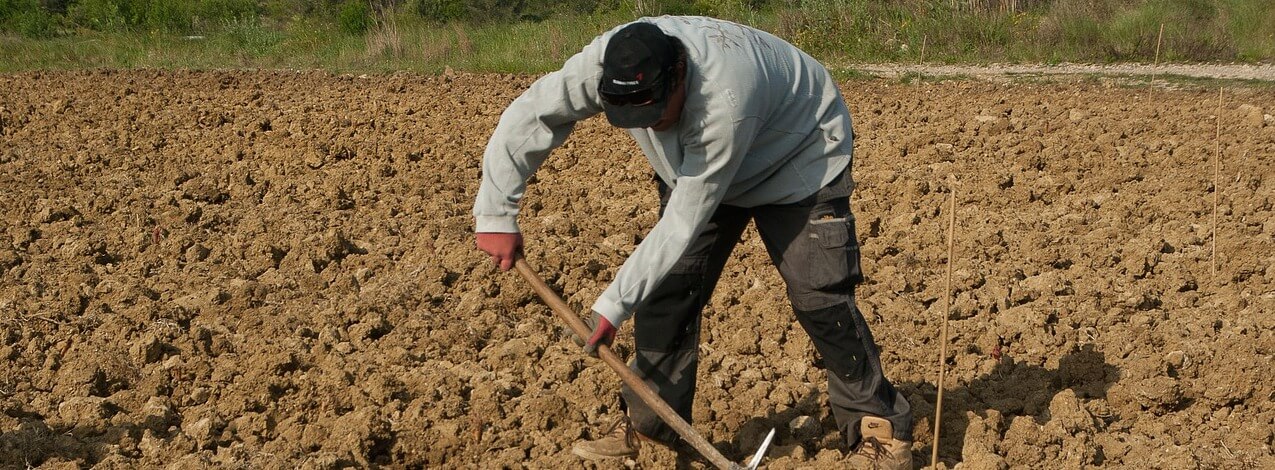A 24-year-old man from Russia presents with a wound on his left forearm sustained whilst working on a farm the day before yesterday. The wound has been cleaned under a tap but still contains some debris and dirt. You clean the wound carefully and prescribe antibiotics. He has never received a prior tetanus vaccination.
1. What constitutes a tetanus prone wound?
Show Answer
Tetanus-prone wounds include:
- Puncture-type injuries acquired in a contaminated environment and likely therefore to contain tetanus spores, e.g. gardening injuries
- Wounds containing foreign bodies
- Open (compound) fractures
- Wounds or burns with systemic sepsis
- Certain animal bites and scratches – although smaller bites from domestic pets are generally puncture injuries animal saliva should not contain tetanus spores unless the animal has been routing in soil or lives in an agricultural setting.
High-risk tetanus-prone wounds include any of the above with either:
- Heavy contamination with material likely to contain tetanus spores e.g. soil, manure
- Wounds or burns that show extensive devitalised tissue
- Wounds or burns that require surgical intervention that is delayed for more than six hours are high risk even if the contamination was not initially heavy.
2. Which tetanus prone wounds require tetanus immunoglobulin?
Show Answer
Tetanus-prone wounds only require tetanus immunoglobulin (TIG) if:
- The wound is high risk and an adequate priming course of tetanus vaccine received but the last dose was more than 10 years ago
- The wound is high risk in a child aged 5-10 years who have received an adequate priming course but no preschool booster
- The wound is tetanus prone and the patient has not received an adequate priming course of tetanus vaccine
- The wound is tetanus prone and there is uncertain immunisation status and/or the patient was born before 1961
The preventative dose of tetanus immunoglobulin is 250 IU in most cases unless over 24 hours have passed since the injury or the wound is heavily contaminated, then 500 IU should be given.
3. How would you manage this patient’s tetanus risk?
Show Answer
In this case, the patient has a heavily contaminated, tetanus prone wound that is over 24 hours old. He should, therefore, receive the higher dose of tetanus immunoglobulin and the vaccination. His GP should be also contacted to arrange the remainder of the course as indicated.
For further information about tetanus prophylaxis please refer to the following reference: Green Book Tetanus Overview





